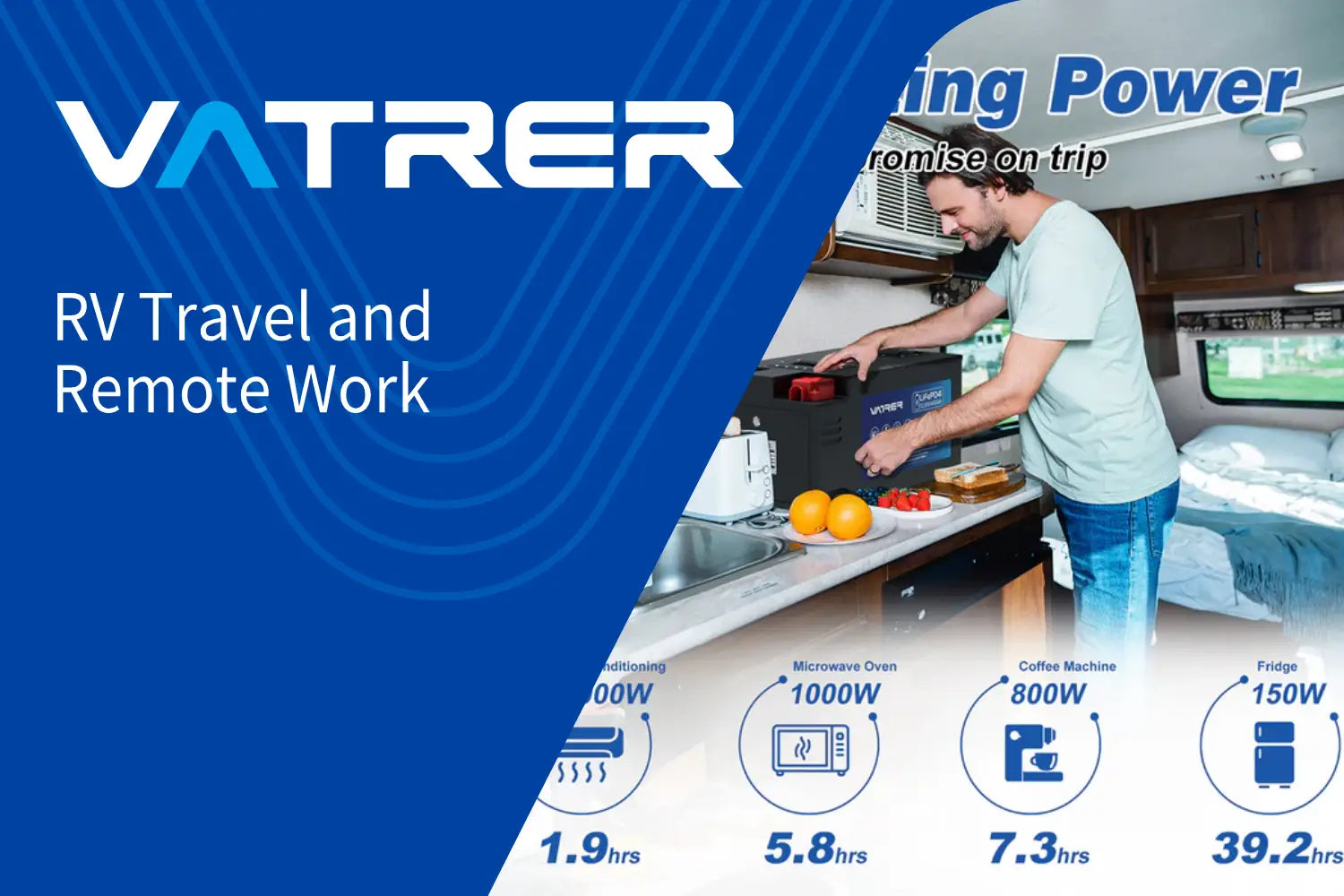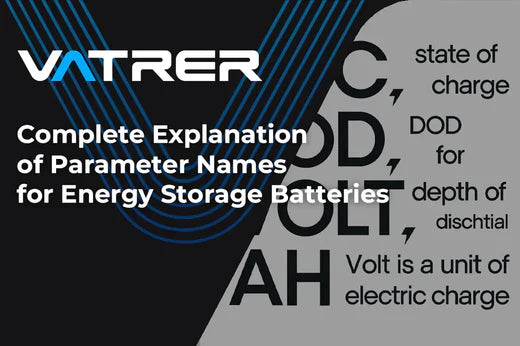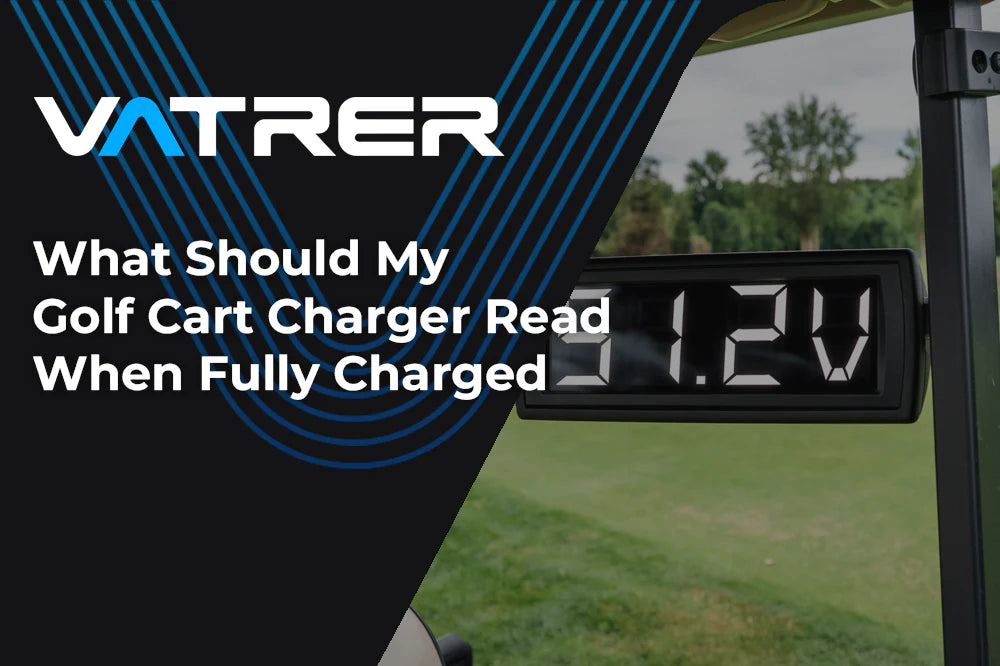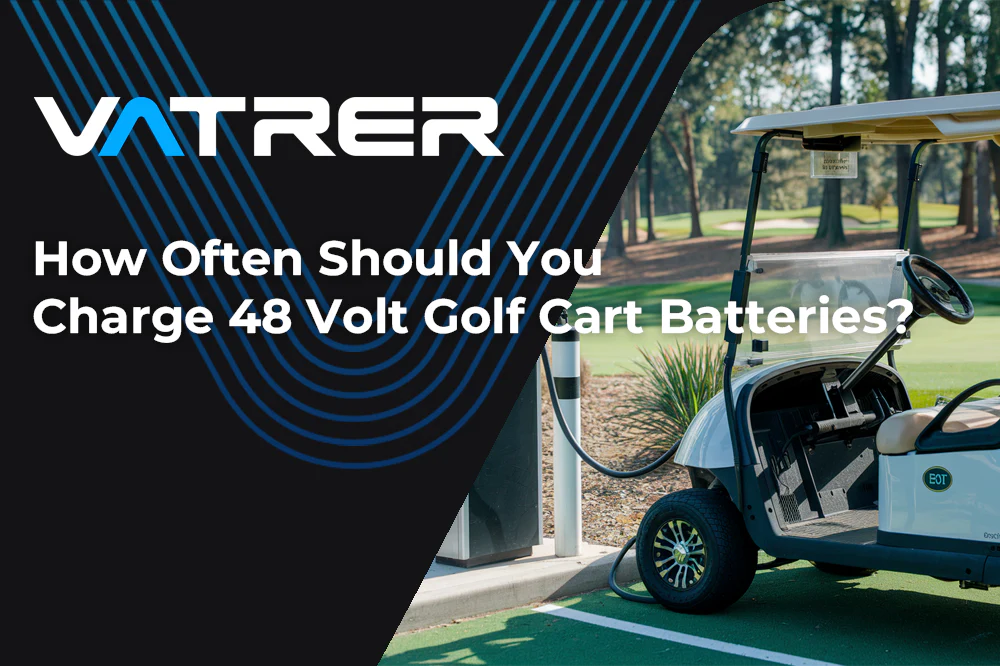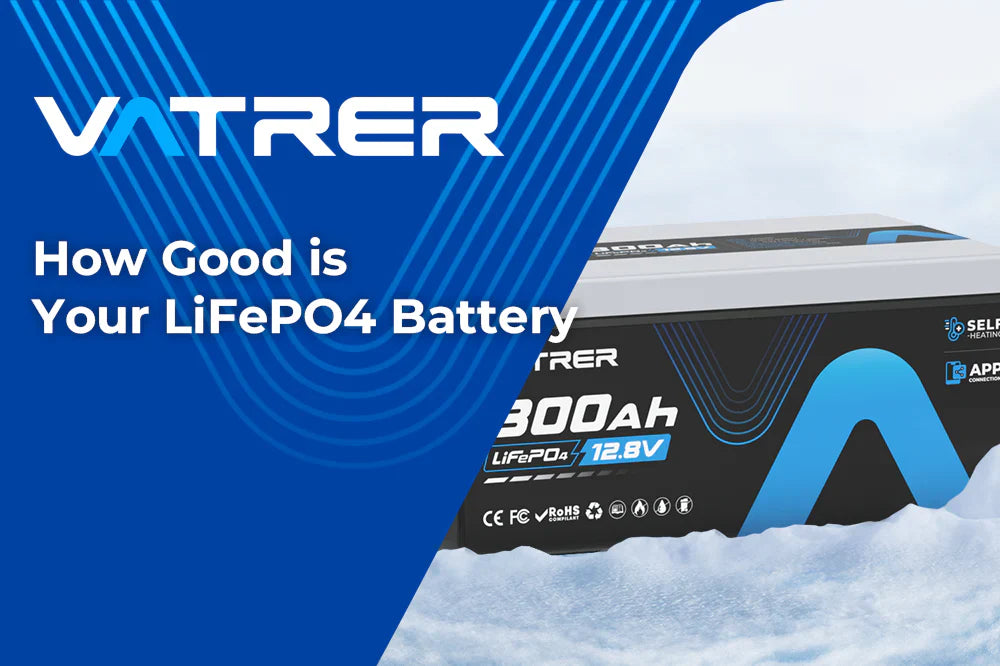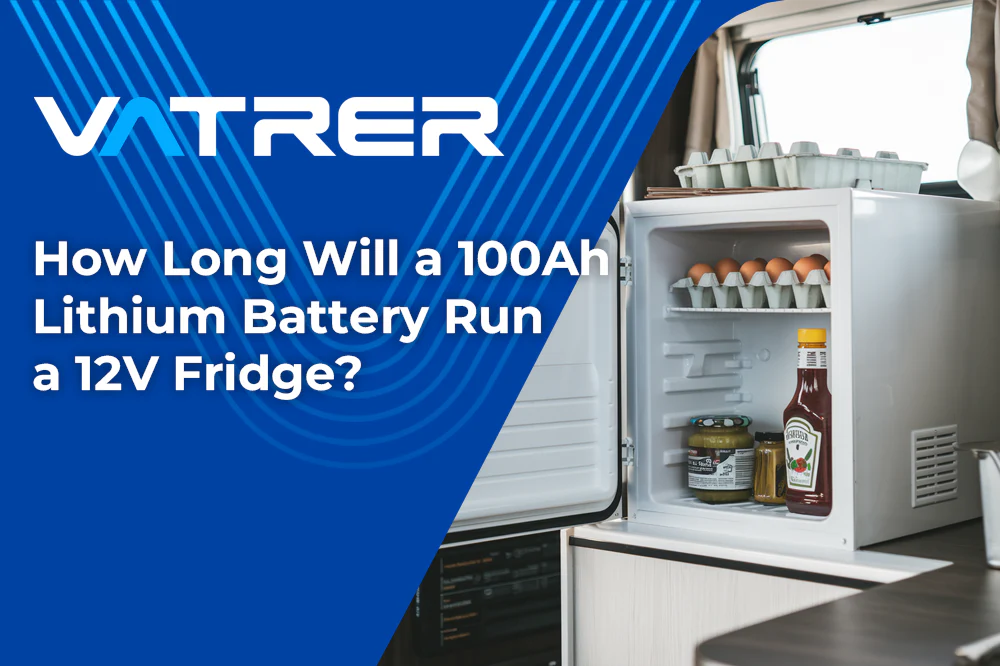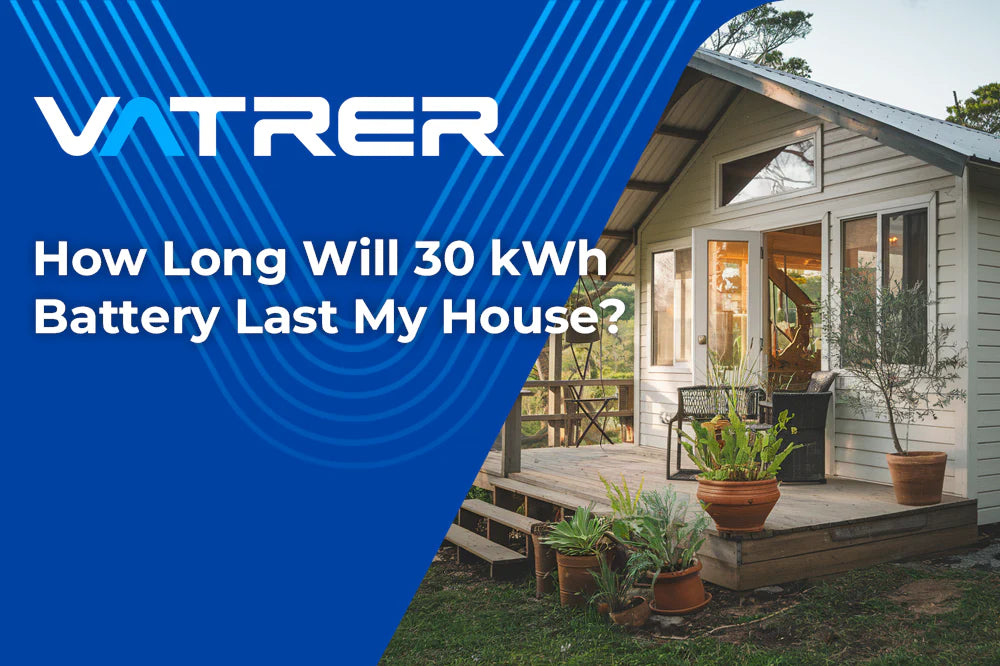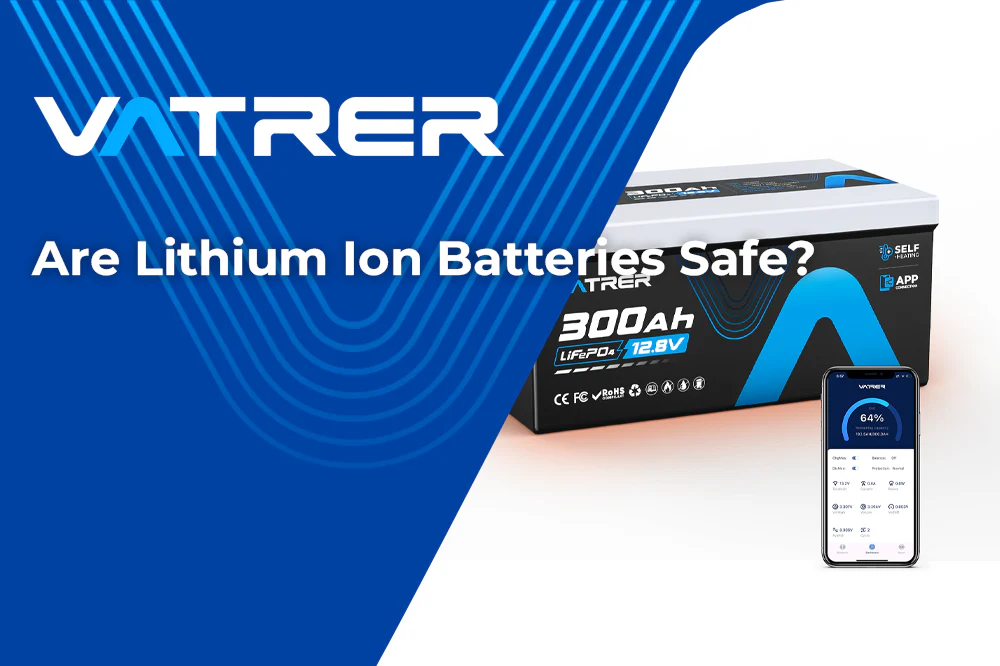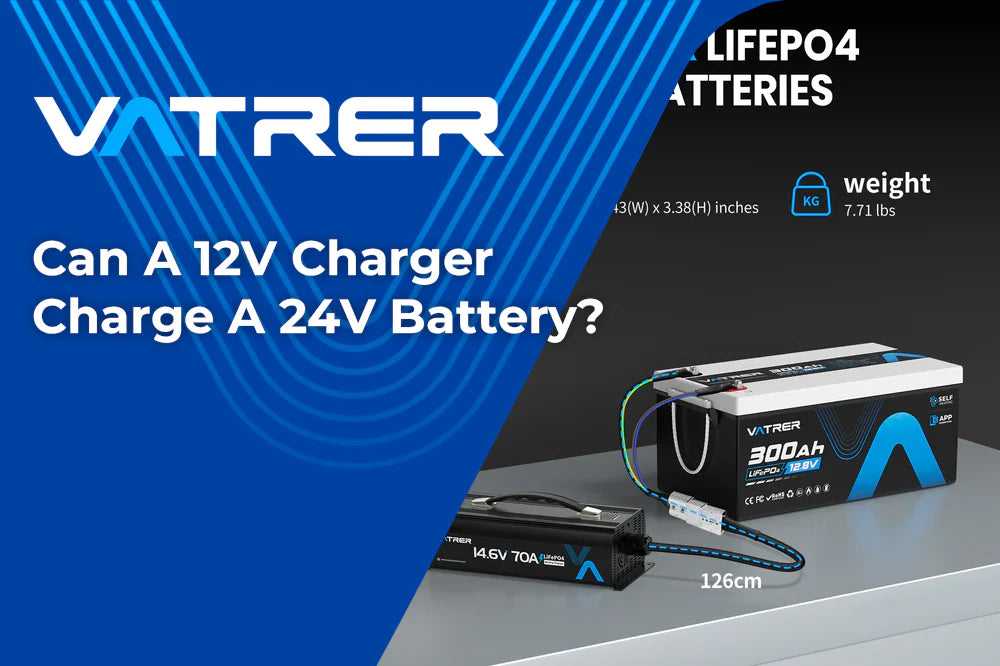Looking to find out how quickly you can recharge a 12V deep cycle battery for your motorhome, solar installation or boat? Whether you are using a dedicated 10A lithium battery charger or a more conventional charger, knowing the approximate charging time is essential for efficient operation and longer battery life. Below, we explain how to charge 12V deep-cycle batteries – including both lead-acid and lithium (LiFePO4) – so you can enjoy reliable power on your trips.
Mastering the 12V Deep Cycle Battery Charging Process
Charging a 12V deep cycle battery means transferring energy from a battery charger back into the battery to restore its capacity, which is rated in amp hours (Ah). Unlike starter batteries used in vehicles, deep cycle batteries are designed to provide sustained power for solar systems, boats or campervans.
The charging profile is normally split into three stages: bulk (constant current, typically 60%–80% of the total charging period), absorption (constant voltage to finish the charge), and float (a low “trickle” mode to maintain the battery when full).
Different chemistries such as lead-acid and lithium (LiFePO4) have different efficiencies. Lithium batteries incorporate a Battery Management System (BMS), which regulates current and voltage for quicker, safer charging.
Factors Affecting 12V Deep Cycle Battery Charging Time
Several variables influence how long it takes to charge a 12V deep cycle battery at 10 amps:
Battery Capacity: Key to Charging Time
Battery capacity, expressed in amp hours (Ah), indicates how much energy a 12V deep cycle battery can hold. A larger pack such as a 12V 100Ah battery will naturally take longer to charge than a 20Ah unit at the same current. Most deep cycle batteries fall in the 50Ah–200Ah range, ideal for solar, caravans or RV camping. Vatrer batteries are available in even higher capacities – from 100Ah up to 560Ah – to cover more demanding power requirements.
State of Charge: Impact on 12V Battery Charging
The starting state of charge (SOC) plays a major role in overall charging time. A deeply discharged 12V deep cycle battery will naturally need more time to reach 100% than a battery that is only partially used. For instance, a 100Ah battery at 50% SOC (around 12.2V, which you can measure with a voltmeter) will require roughly half the charging time of a completely empty battery.
Charging Current: Speeding Up Your 12V Battery Charge
The charging current, measured in amps, determines how quickly energy is pushed into the battery. A 10A lithium battery charger supplies 10 amps, so it will recharge a battery faster than a 5A charger. Lithium batteries can usually accept higher charge currents (10A–20A or even 70A, depending on the model) without overheating, whereas lead-acid batteries must be charged more gently. Always stay within the current limits recommended for your specific battery.
Charging Efficiency: Maximizing 12V Battery Performance
Not every watt coming from the charger ends up stored in the battery; part of it is lost as heat due to internal resistance and the chemistry inside the cells. Lead-acid batteries typically offer 70%–85% efficiency, while lithium batteries can achieve about 85%–95%, which shortens the effective charging time. For more realistic estimates, divide the theoretical time by an efficiency factor (for example, 0.85 for a lead-acid battery).
Temperature: Optimising Your 12V Battery Charging Environment
Temperature also influences how well the battery charges. Cold conditions (below 0°C) can increase charging time by 10%–20%, and very high temperatures can create overheating issues and reduce service life. Lithium (LiFePO4) batteries usually perform well between -20°C and 60°C, often better than lead-acid in demanding conditions. Aim to charge the battery in a well-ventilated area at roughly 15°C–27°C (60°F–80°F) for the best balance of safety and performance.
Calculating 12V Deep Cycle Battery Charging Time
To estimate the charging time for a 12V deep cycle battery, you can use the following formula:
Charging Time (hours) = Battery Capacity (Ah) ÷ Charging Current (Amps) ÷ Efficiency
Deep cycle batteries often sit between 50Ah and 200Ah, although some solar storage banks go beyond 300Ah.
The examples and comparison tables below show lead-acid and lithium (LiFePO4) batteries charged at 10 amps from empty. Lithium options charge more quickly thanks to higher efficiency (here 90% vs. 80% for lead-acid).
Example Calculations
100Ah battery at 10 amps (lead-acid, 80% efficiency): Charging Time = 100 Ah ÷ 10 Amps ÷ 0.8 = 12.5 hours
100Ah battery at 10 amps (lithium, 90% efficiency): Charging Time = 100 Ah ÷ 10 Amps ÷ 0.9 = 11.1 hours
100Ah battery at 50% SOC (lithium, 90% efficiency): Charging Time = (100 Ah × 0.5) ÷ 10 Amps ÷ 0.9 = 5.6 hours
Charging Time Comparison
The tables below show estimated charging times for 12V deep cycle batteries at 10 amps, giving an easy side-by-side comparison:
Lead-Acid Batteries
Battery Capacity (Ah)
Charging Rate (Amps)
Efficiency
Estimated Charging Time (Hours)
20 Ah
10 Amps
80%
2.5 Hours
50 Ah
10 Amps
80%
6.3 Hours
100 Ah
10 Amps
80%
12.5 Hours
200 Ah
10 Amps
80%
25 Hours
300 Ah
10 Amps
80%
37.5 Hours
400 Ah
10 Amps
80%
50 Hours
Lithium (LiFePO4) Batteries
Battery Capacity (Ah)
Charging Rate (Amps)
Efficiency
Estimated Charging Time (Hours)
20 Ah
10 Amps
90%
2.2 Hours
50 Ah
10 Amps
90%
5.6 Hours
100 Ah
10 Amps
90%
11.1 Hours
200 Ah
10 Amps
90%
22.2 Hours
300 Ah
10 Amps
90%
33.3 Hours
400 Ah
10 Amps
90%
44.4 Hours
Practical Tips for Efficient 12V Deep Cycle Battery Charging
To reduce charging time: Consider a higher-current charger. A 12V 10A lithium battery charger works well for many setups, but a 20A charger can roughly halve the charging time for lithium batteries that are rated for this current. Just make sure the charger does not exceed the battery’s recommended charge rate and be aware that more powerful chargers are usually more expensive.
Charge in suitable conditions: Keep the ambient temperature within 15°C–27°C and ensure good airflow around the battery to minimise overheating.
Choosing the Right 12V Deep Cycle Battery: Lead-acid batteries (AGM, Gel) should be charged more slowly to prevent damage, with AGM typically accepting slightly higher currents than Gel. Lithium batteries, which come with integrated Battery Management Systems (BMS), can tolerate faster and safer charging. LiFePO4 batteries generally offer 2,000–5,000 cycles, compared with around 200–500 cycles for most lead-acid units. Always follow the manufacturer’s guidance for your chosen chemistry.
Safety and Maintenance for 12V Deep Cycle Batteries
Avoiding Overcharging: Protecting Your 12V Battery Life
Overcharging shortens battery life and can lead to loss of capacity or swelling of the case. Use a charger with an automatic cut-off feature or a suitable trickle mode for maintenance. Lithium batteries with a BMS automatically limit overcharge, improving safety and helping to protect your investment.
Monitoring Your 12V Battery Charging Process
Monitor charging with a voltmeter or a 12V 10A lithium battery charger that includes a display. A reading of around 12.6V for lead-acid or approximately 13.2V for lithium is a good indication that the battery is near a full charge, helping maintain both safety and efficiency.
Maintenance Tips for Long-Lasting 12V Deep Cycle Batteries
Lithium batteries: Avoid discharging to 0% whenever possible, keep an eye on BMS status information, and store the battery at roughly 50% SOC if it will not be used for an extended period.
Lead-acid batteries: Check electrolyte levels where applicable, keep terminals clean, and try not to discharge below recommended depths.
In all cases, follow the manufacturer’s instructions for charging and storage to maximise performance and lifespan.
Conclusion: Power Up Your 12V Deep Cycle Battery Efficiently
Recharging a 12V deep cycle battery at 10 amps is straightforward once you understand the basics. By being aware of battery capacity, charge current and the factors that influence charging time, you can fine-tune the process and avoid unnecessary delays. Thanks to higher efficiency and BMS control, lithium batteries typically outperform lead-acid when it comes to both speed and safety.
Use a quality 10A lithium battery charger and keep conditions within the recommended temperature range for best results. Ready for dependable backup power? Explore Vatrer LiFePO4 batteries and compatible smart chargers to upgrade your system.
FAQs
Can I use a 10A lithium battery charger for both lithium and lead-acid batteries?
A 10A lithium battery charger is normally tuned for lithium (LiFePO4) charging profiles and may not follow the correct voltage stages for lead-acid (AGM or Gel) batteries. Lead-acid chemistries rely on specific bulk, absorption and float stages; using the wrong profile can result in poor charging or even harm the battery over time.
Always check the charger’s datasheet or manual to confirm which battery types it supports. If you want one device for multiple batteries, opt for a multi-mode smart charger that can switch safely between lithium and lead-acid settings. Following the manufacturer’s guidance is the best way to maintain performance and avoid premature ageing.
How do I know if my 12V deep cycle battery is fully charged without a voltmeter?
If you do not have a voltmeter, many 12V 10A lithium battery chargers include basic charge indicators or a digital display that shows charge status as a percentage or through LED colours. For lead-acid batteries, a green LED or “float” indication on a smart or trickle charger usually means that the battery is at or near full charge.
Investing in a smart charger or in a lithium battery with a built-in display makes it easier to see real-time information. As a rule of thumb, lithium chargers will taper off or stop charging once the battery reaches its target voltage (around 13.2V for many LiFePO4 packs), while lead-acid chargers transition into float mode around 12.6V–12.8V. This behaviour indicates that the battery is practically full.
What should I do if my 12V deep cycle battery takes longer than expected to charge?
If your battery is taking noticeably longer to charge than your calculations suggest (for example, much more than 12.5 hours for a 100Ah lead-acid battery at 10 amps), there may be several causes, such as a very low starting SOC, low temperatures or a weakened charger.
Begin by confirming the actual charging current with a multimeter to see if the 10A lithium battery charger is really delivering 10 amps. Next, charge the battery in an environment close to 15°C–27°C to reduce losses. If the battery is several years old, have its remaining capacity tested with professional equipment; if the measured capacity has dropped below around 80% of its rated Ah, replacement may be more economical.
Is it safe to leave my 12V deep cycle battery charging overnight with a 10A lithium battery charger?
In general, leaving a 12V deep cycle battery to charge overnight with a modern 10A lithium battery charger is safe, provided the charger includes automatic shut-off or an appropriate maintenance mode. This is especially true for lithium batteries with a BMS, which adds an extra layer of protection against overcharge. However, older or basic chargers without smart features present more risk for lead-acid batteries, which are more sensitive to prolonged overcharging.For both chemistries, choose a charger with reliable overcharge protection and, in the case of lead-acid, check the battery periodically if it is on charge for extended periods. Good ventilation around the battery and charger will also help manage heat and preserve battery health.
How can I extend the battery life of my 12V deep cycle battery beyond charging practices?
Battery life is influenced not only by how you charge it but also by how you use and store it. Frequent deep discharges, high temperatures or long periods left fully empty can all reduce lifespan for both lithium and lead-acid batteries.
For lithium batteries, try to operate mostly between about 20% and 80% SOC and store at roughly 50% SOC in a cool, dry place when not in use. For lead-acid batteries, avoid discharging below 50% whenever possible and keep an eye on electrolyte levels in flooded types. Using a suitable trickle charger during storage helps maintain charge and avoids sulphation. With correct use and maintenance, lithium batteries may deliver 2,000–5,000 cycles, whereas lead-acid batteries usually last 200–500 cycles under typical conditions.
Can I charge a 12V deep cycle battery faster than 10 amps, and what are the risks?
Yes, many 12V lithium deep cycle batteries are designed to accept higher charge currents (for instance, 20A–50A), while lead-acid batteries often need more conservative charge rates. Pushing a lead-acid battery above its recommended current can cause excessive gassing, heating and accelerated wear.
For lithium, you can use a 12V 10A lithium battery charger or a higher-rated unit such as 20A or 70A, as long as the battery’s BMS and datasheet allow it. For lead-acid batteries, a common rule is to limit the charge current to about 10%–20% of the battery’s rated capacity (for example, 10A–20A for a 100Ah battery). Always consult the manufacturer’s specifications to find the correct balance between faster charging and safe operation.
How does a trickle charger differ from a 10A lithium battery charger for maintaining my battery?
A trickle charger supplies a very low current (often around 1A–2A) over a long period to keep a battery at full charge without driving it into overcharge, which makes it ideal for long-term storage of 12V deep cycle batteries. A 10A lithium battery charger, on the other hand, is primarily intended for regular, faster charging cycles rather than gentle maintenance.
For lead-acid batteries, a good quality trickle charger is often the best option for winter storage or seasonal vehicles, as it prevents sulphation and self-discharge. For lithium batteries, a smart 10A lithium battery charger with an intelligent maintenance mode is usually sufficient because the BMS will stop or limit charging when the pack is full. Choose the solution that matches both your battery type and how long the battery will be left unused.
